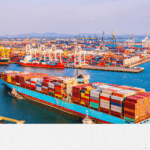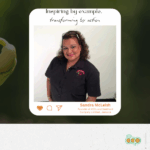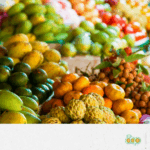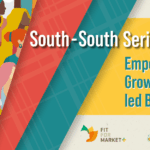- 19/07/2024
- Posted by: Sandra Borma
- Category: News
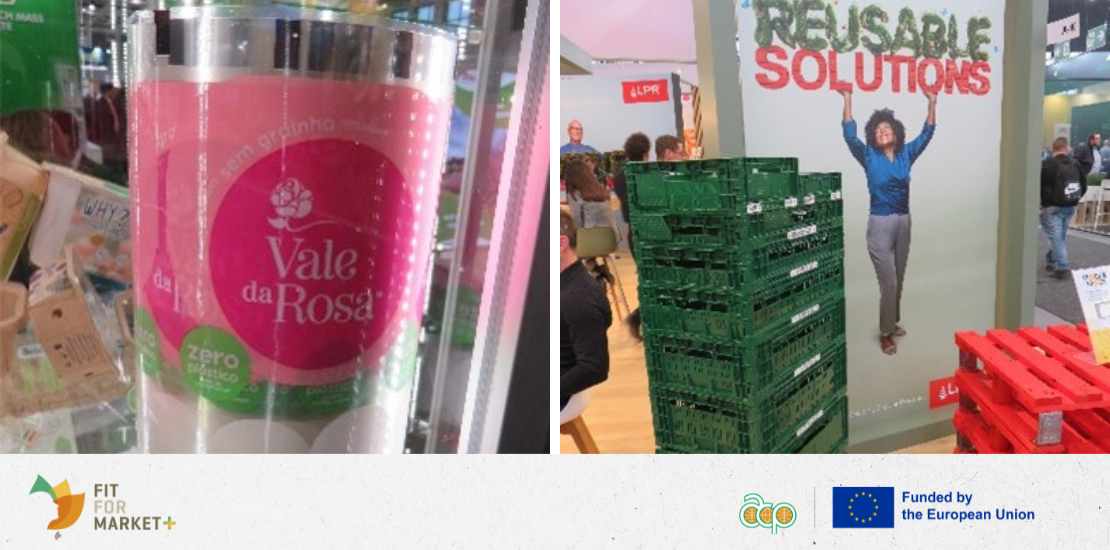
Packaging : alternatives to plastic
The COLEAD Market Insights department keeps an eye through the FFM+ programme, on trends and innovations at major trade shows, and one of the hot topics is sustainable packaging. Forthcoming regulatory changes are driving innovation, as seen at Fruit Logistica (Germany), Macfrut (Italy) and the recent Empack (Belgium).
Discover cutting-edge alternatives to plastic such as cellulose, thermobonded packaging, laser-printed labels on produce and waterproof recyclable paper solutions, highlighting the industry’s slow but steady shift towards greener packaging.
GirBagger’s : Giro introduces plastic-free thermobonded solution
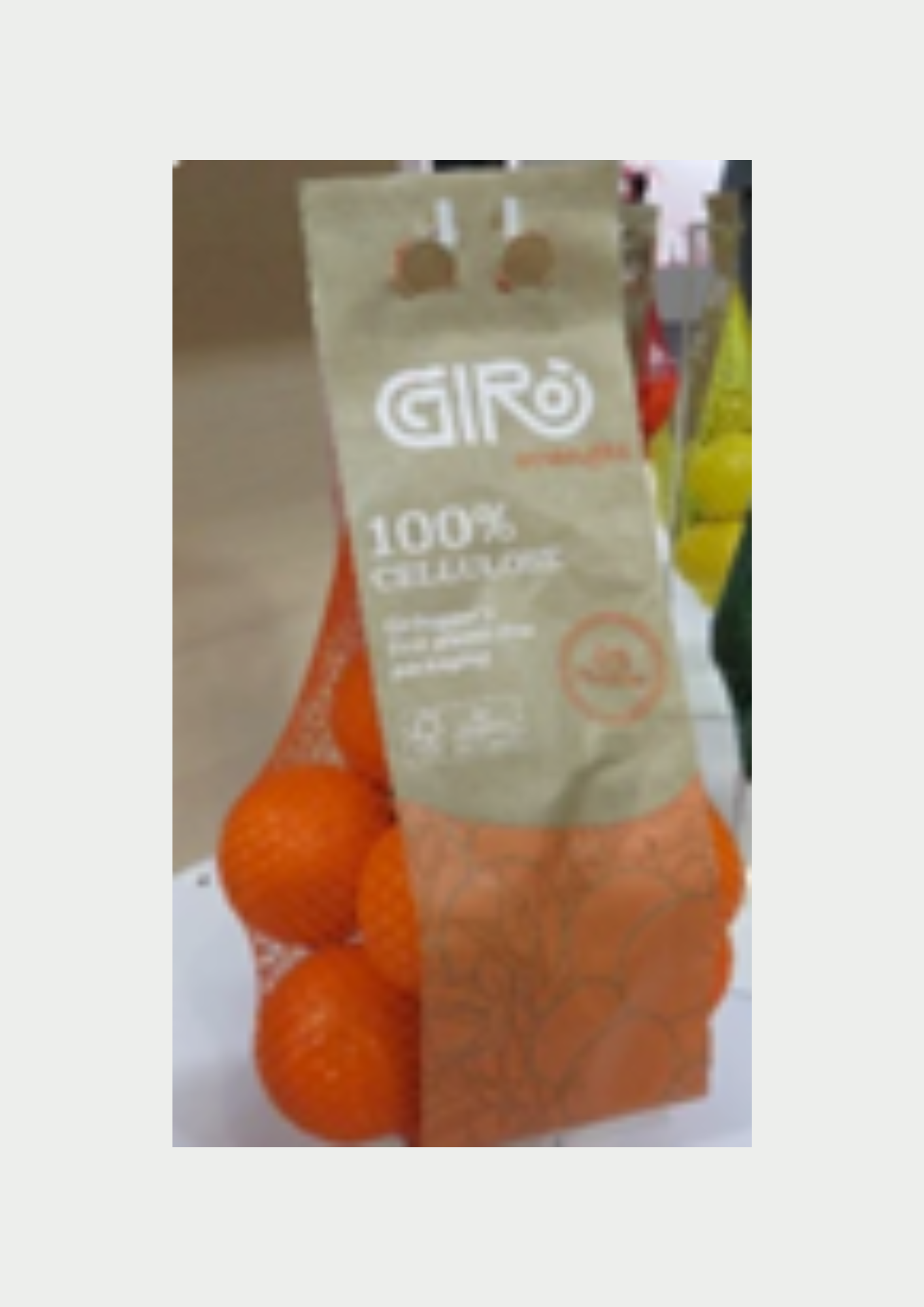
The first plastic-free thermobonded packaging made from 100% cellulose and recycled paper was introduced by Giro. Other sustainable innovations included Girbags in plastic but mono-material with a Girclip (a plastic clip that allows us to replace the current metal clip) and label all in the same material, making it easier to recycle. You can read more about this on their website.
Cellulose film
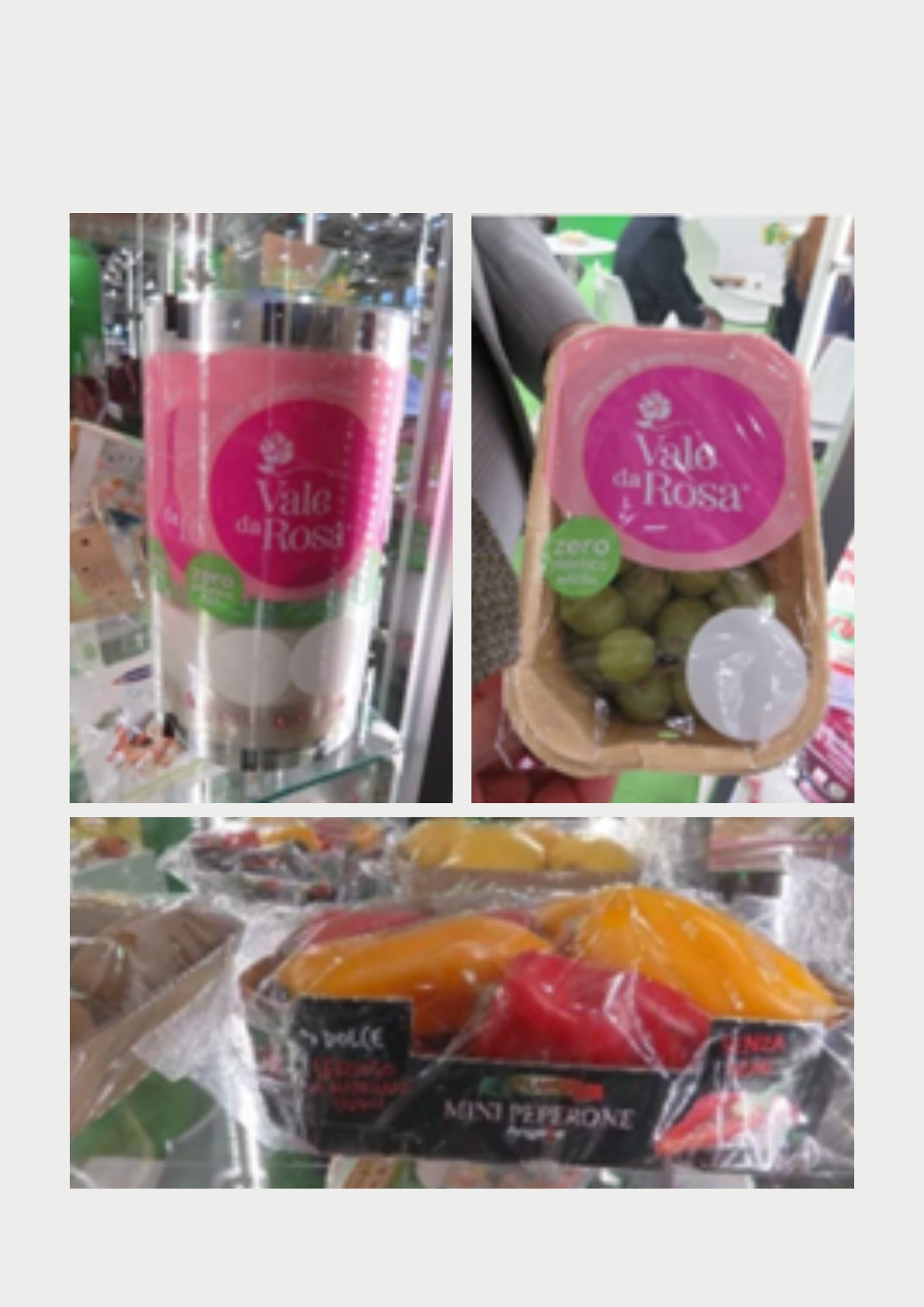
It has exactly the same properties as plastic film, but is entirely vegetable-based and therefore plastic-free. It is used for (modified atmosphere) packaging of fresh fruit and vegetables. The last image also shows cellulose film around a cardboard tray. Click here for more details.
Laser-printed labels reappear on various fruits and vegetable
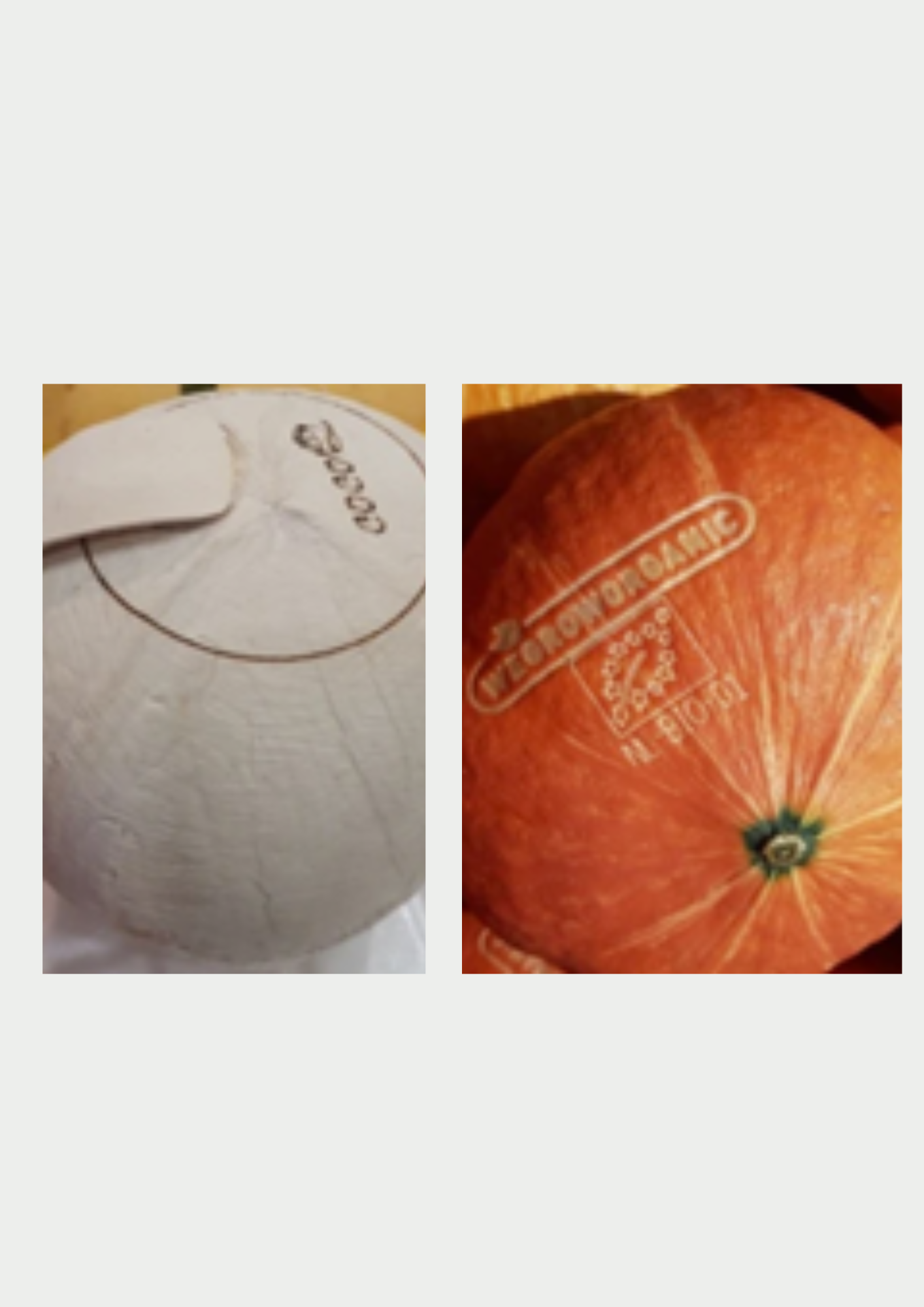
Laser-printed labels have also reappeared on various fruits and vegetables, including avocados, pumpkins, sweet potatoes and coconuts. Combined with bulk presentation at the point of sale, this results in a completely waste-free shopping option. However, the quality of the laser printing should not be overlooked as it can damage the product if it is too deep.
Compostable labels made from corn or potato starch are also available from most label manufacturers as an alternative to plastic labels. As with most alternatives to plastic, their widespread use will depend mainly on whether new regulations make them mandatory.
Fully recyclable paper, board and wood solutions
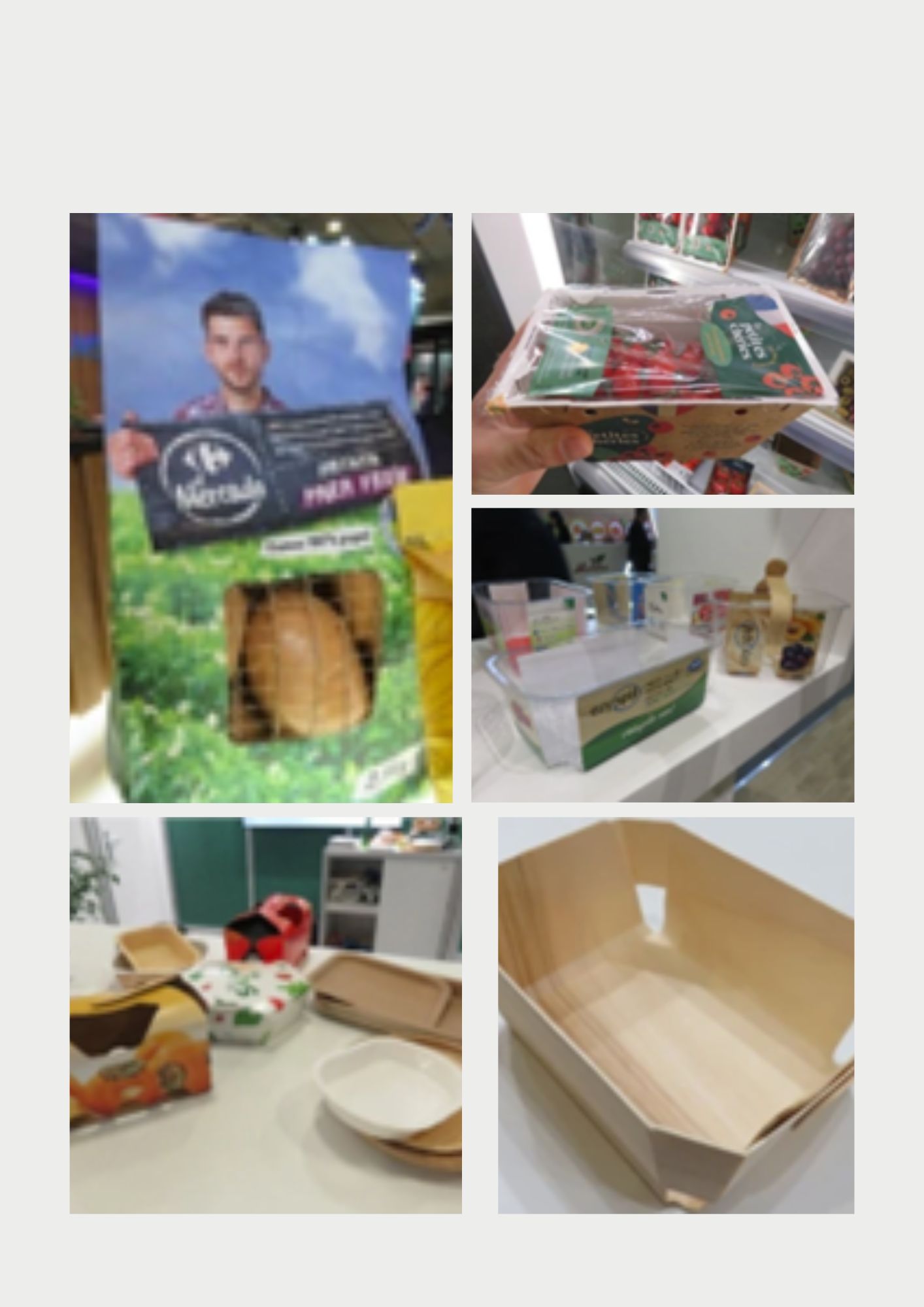
Various paper, cardboard, thin wood and combinations of cardboard and cellulose were presented as alternatives to plastic packaging. Waterproof paper solutions were presented using a special coating added during the manufacturing process. Unlike many other coatings, this coating does not affect the recyclability of the product and it can be recycled in the same way as standard paper-based packaging. Click here for more details.
Reusable, refillable and recycled packaging
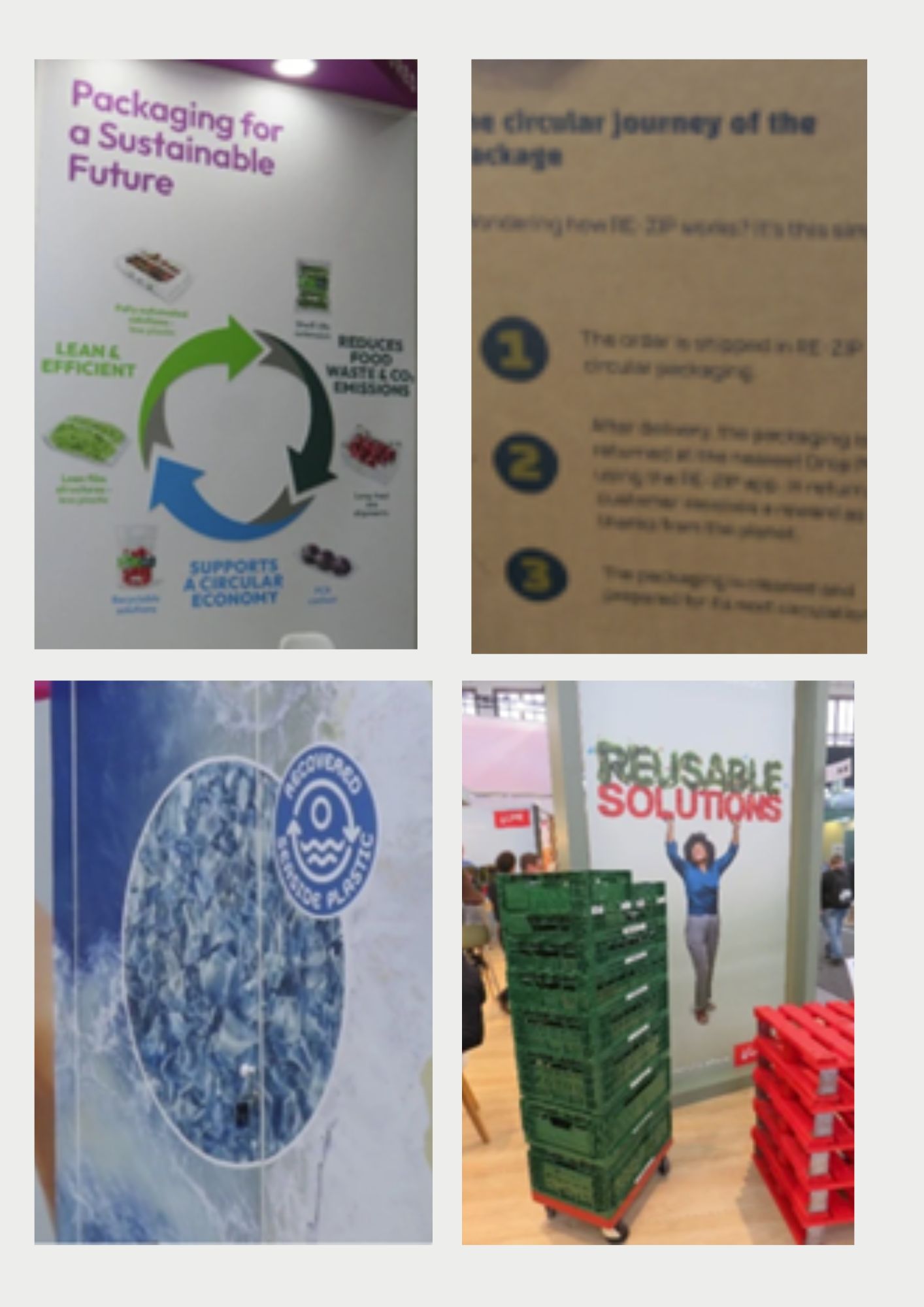
Several suppliers showed reusable (folding) trays that can go from grower to processor to retailer and back again. If this is not feasible, an alternative could be packaging made from 100% recycled plastic or even 100% recovered ocean plastic. Others showed circular e-commerce packaging that can be reused for up to 10 deliveries.
This activity is supported by the Fit For Market Plus (FFM+) programme, implemented by COLEAD within the Framework of Development Cooperation between the Organisation of African, Caribbean and Pacific States (OACPS) and the European Union. This publication receives financial support from the European Union and the OACPS. The content of this publication is the sole responsibility of COLEAD and can in no way be taken to reflect the views of the European Union or the OACPS.


